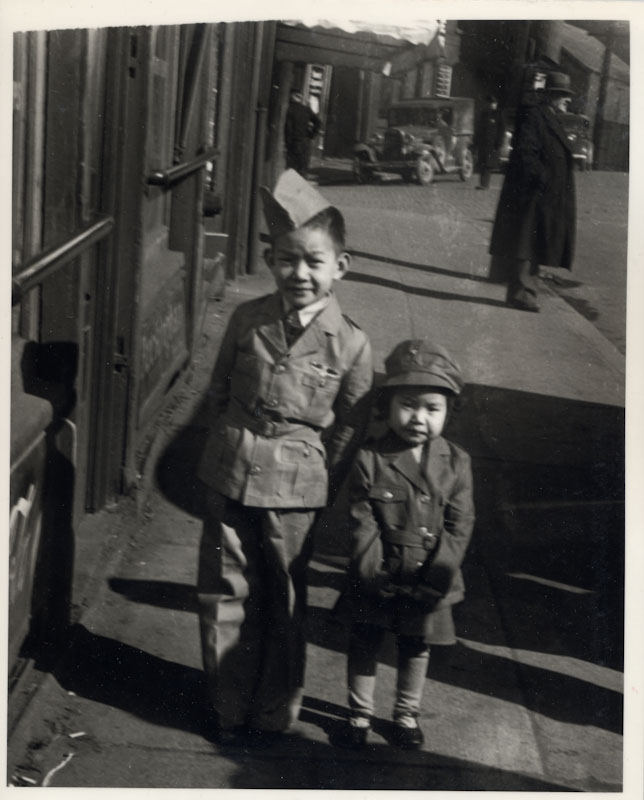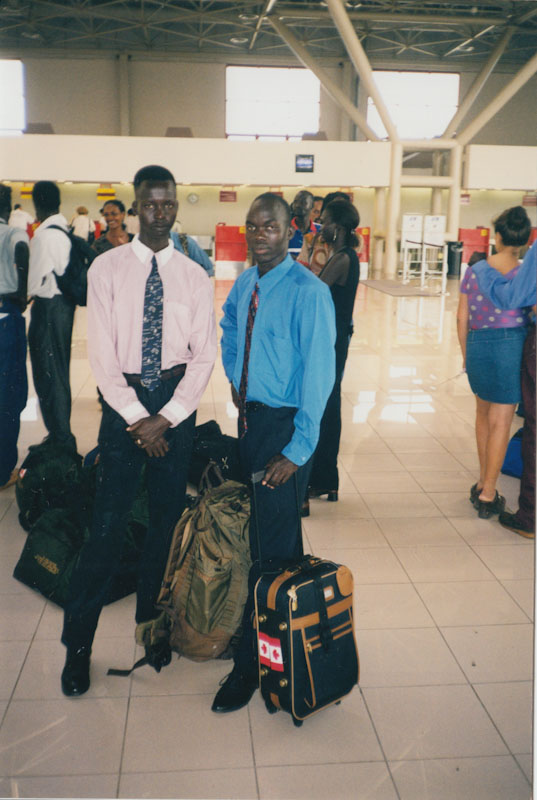November is a time to remember and honour the sacrifice of those who served our country. But it also gives us a chance to reflect on war and its effects.
Different impacts

Since long before Confederation, wars have had an impact on migration to the land now known as Canada. To start, wars and their aftereffects have caused hundreds of thousands of people, including refugees, to seek a safer, better life in Canada. Some people seeking to avoid military service, whether for their safety or reasons of conscience, have come here when Canada offered them this possibility. Finally, war has influenced immigration policy: In some cases, restrictions have become tighter, in others immigration policy has become more open.
War drives migration
War, and the need to escape it, has been a major driver of migration throughout human history. In the Canadian context, postwar conditions in Europe after the Second World War led many to come here to pursue a better life. During that conflict, many Canadian soldiers married women they’d met overseas. Mostly from Britain, 48,000 of these women and 22,000 children came to Canada.
Going back in time, after the First World War, soldier settlement schemes facilitated the arrival of British veterans. But not all veterans. Soldiers from the Caribbean who had fought for the British Crown were turned away from Canada because of their race.
Going even further back, in the wake of the Napoleonic Wars, nearly 1 million British subjects migrated here over a 50-year period. And prior to that, the American Revolution (1775-1783) drove 88,000 Loyalists (including 3,500 Black Loyalists) north across the border.

Refugees
War forces people to leave their homes and become refugees.
After the First World War, Canada opposed the admission of those displaced and stateless people. Later, in the lead-up to the Second World War, Canada declined an international appeal to accept more Jewish refugees fleeing Nazi persecution.
Since the end of the Second World War, Canada’s approach to refugee admissions has changed significantly.
In the wake of the Vietnam War, a refugee crisis saw millions flee not only Vietnam but also neighbouring Cambodia and Laos. Canada distinguished itself by welcoming over 100,000 refugees from the region in this period.
Canada has resettled refugees fleeing other conflicts: the Hungarian Revolution of 1956, the Bangladesh Liberation War, the recent Russian invasion of Ukraine, and civil wars in Sri Lanka, Lebanon, El Salvador, Somalia, the former Yugoslavia, and Syria, to name a few.
Pacifism and War-resisters

At different times, Canada has been a safe haven for conscientious objectors.
During the Vietnam War, many Americans came north. At the height of the war, about 40,000 Americans came to Canada, many of them objectors who were escaping conscription.
Nearly a century before that, in the 1870s, thousands of pacifist Russian Mennonites settled in Canada’s west after their exemption from military service was revoked by Tsar Alexander II - the Canadian government signed an agreement guaranteeing them the same exemption. That exemption became unpopular in the First World War when popular sentiment and propaganda encouraged eligible men to enlist and shamed those who didn’t.
War and policy changes
War can result in policy changes that can increase or restrict immigration.
Soldiers returning home after the First World War created a labour surplus and immigration was no longer needed to fill non-existent job openings. Partly because of this, immigration policy became much more restrictive. Groups like the Mennonites were excluded- this policy change was made for various reasons, but in part because they were seen to not have contributed to the war effort.
In contrast, military service has been a way to open up immigration for specific groups. Chinese Canadians who served in the Second World War were instrumental in the lobby for rights (including the right to vote) and for ending what was essentially a prohibition on Chinese immigration.
Remembering
War, peace, and conscientious objection to military service have long been major factors for those wanting to come to Canada. As we remember and honour those who have served Canada in battle, it is also worth remembering that Canada has also been, and continues to be, a refuge for those fleeing the violence and upheaval of war.